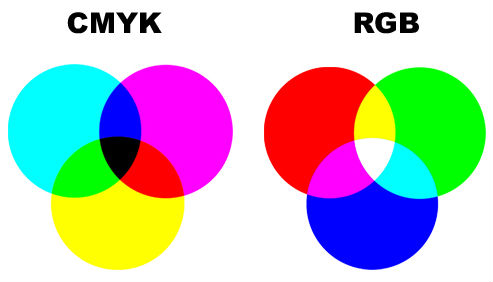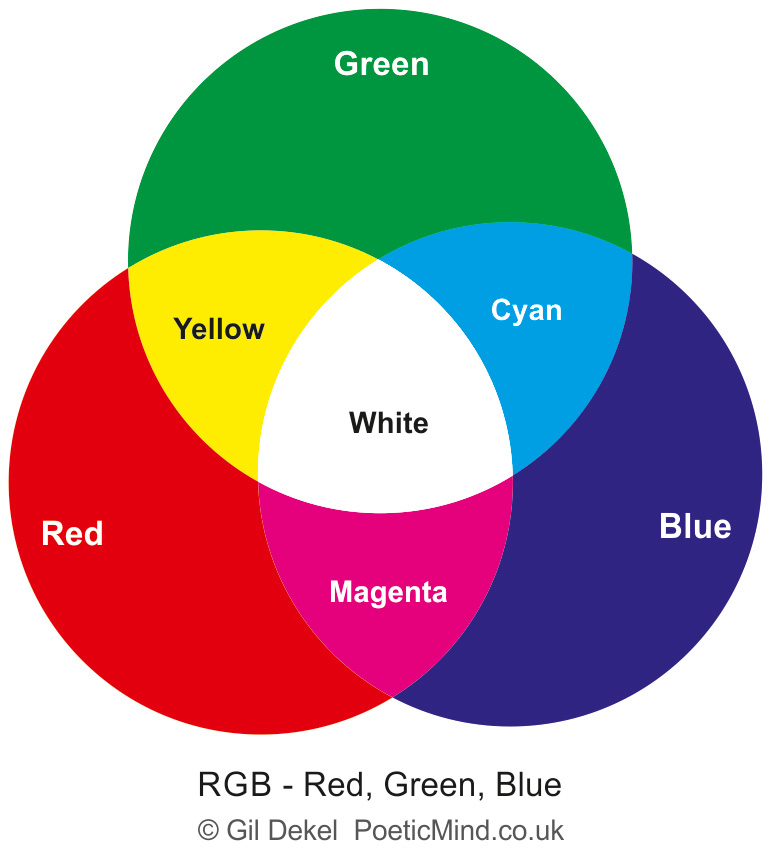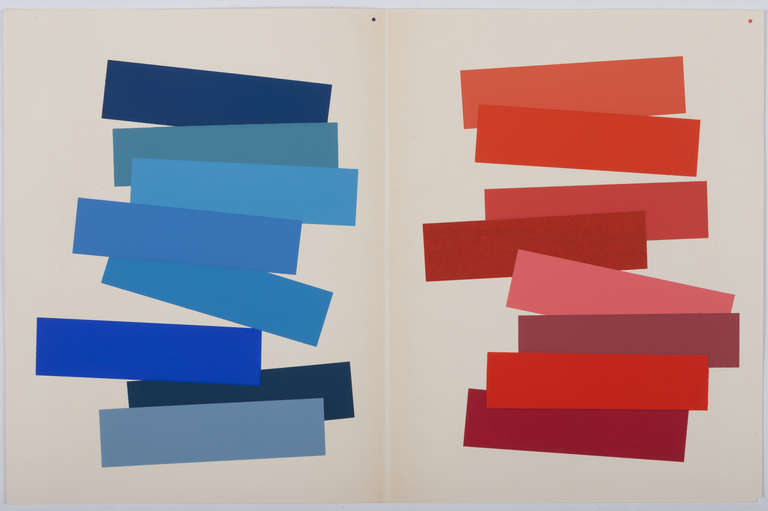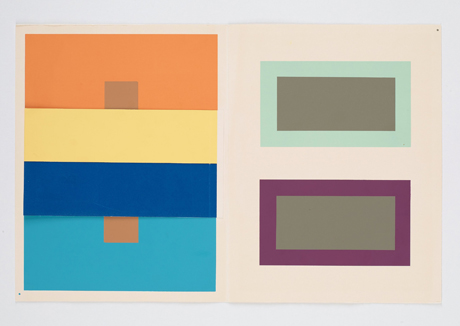Booklet content:
The use of colour in graphic design holds infinite importance. Colour influences us all at a basic, even primal level. Over the thousands of years of human evolution, we have learnt to ‘read’ the world around us using colour. We see red as ‘danger’ because of blood and fire, we see green as ‘peace’ because of nature. Understanding the power that colour holds over us, and harnessing this effectively is what graphic designers strive for. However, colour is also very subjective. What evokes one reaction in one person may evoke a completely different reaction in someone else. This may be due to personal preferences, or even cultural background. For example, Western colour associations see Black as the colour of ‘mourning’, whereas, in many parts of Asia, that colour is white. There is also some evidence that our age is a factor in our preference of colour. Expert Faber Birren, in his book ‘Color Psychology and Color Therapy’, found that blue and red “maintain a high preference throughout life” but also that “with maturity comes a greater liking for hues of shorter wavelength (blue, green purple) than for hues of longer wavelength (red, orange and yellow)”. When working on a brief, a graphic designer would have to take into consideration their audience and base their colour decision-making on studies such as the one carried out by Faber Birren.
The use of colour in graphic design holds infinite importance. Colour influences us all at a basic, even primal level. Over the thousands of years of human evolution, we have learnt to ‘read’ the world around us using colour. We see red as ‘danger’ because of blood and fire, we see green as ‘peace’ because of nature. Understanding the power that colour holds over us, and harnessing this effectively is what graphic designers strive for. However, colour is also very subjective. What evokes one reaction in one person may evoke a completely different reaction in someone else. This may be due to personal preferences, or even cultural background. For example, Western colour associations see Black as the colour of ‘mourning’, whereas, in many parts of Asia, that colour is white. There is also some evidence that our age is a factor in our preference of colour. Expert Faber Birren, in his book ‘Color Psychology and Color Therapy’, found that blue and red “maintain a high preference throughout life” but also that “with maturity comes a greater liking for hues of shorter wavelength (blue, green purple) than for hues of longer wavelength (red, orange and yellow)”. When working on a brief, a graphic designer would have to take into consideration their audience and base their colour decision-making on studies such as the one carried out by Faber Birren.
Meanwhile choosing colours for a design can
be highly scientific; it is more often so than not, highly subjective. Colours
have the ability to influence mood, emotions, and perceptions; take on cultural
and personal meaning; and attract attention, both consciously and
subconsciously. That is why, for the graphic designer, the challenge is in
balancing these complex influences that colour can have, and conveying them
into an attractive and effective design. To tackle this challenge, the basic
understanding of colour theory is vital.
Traditional colour theory can help the designer to understand what
colours work well together and what kind of effect different combinations of
colour would have on the design. The elementary understanding of the colour
wheel, hue, shade, tone, tint, saturation, and value can have a massive
positive impact on design decisions. Small alterations to any of the qualities
of colour can entirely change the communication of a design.
The psychology of colour is another aspect
of colour theory that can be highly utilized. Thinking back to the idea of
colour association at a primal level, there are certain subconscious moods and
emotions that different colours can induce within the audience, depending on
the context they are presented in. Specifically in Western culture: Red can be
warmth, danger, energy, liveliness, violence, power, and love; Orange can be
cheerfulness, activity, energy, optimism, creativity, and youthfulness; Yellow
can be happiness, cheerfulness, friendliness, freshness, caution, and
quarantine; Green can be nature, life, growth, health, freshness, wealth, and
illness; Blue can be peace, cleanliness, calmness, sadness, trustworthiness, stability
and professionalism; Purple can be royalty, honor, mysticism, religion, luxury
and femininity; Black can be power, luxury, sophistication, death, evil,
mystery, mourning, and neutrality; and White can be purity, innocence,
goodness, perfection, sterility, cleanliness and minimalism.







































